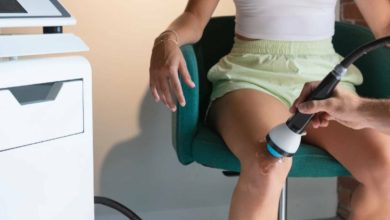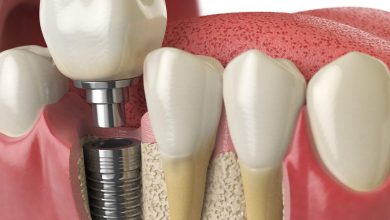
Elevating the Right Way After Joint Surgery
Proper elevation is one of the most important things patients can do after joint surgery. Elevating the affected joint after surgery alleviates pain and swelling following a hip, knee, or ankle operation.
However, improper elevation can lower the effectiveness of joint surgery. Home care services can help ensure patients use every opportunity to elevate their legs in the first few weeks after surgery.
The Role of Elevation
Surgeons perform more than 850,000 knee replacements annually (Source: Cleveland Clinic), and 544,000 hip replacements occur in the U.S. every year (Source: American College of Rheumatology).
Surgeons in general advise patients to elevate the affected area after joint surgery. Raising the foot or ankle above the heart level is the best way to do this. The primary benefits of leg elevation post-surgery are:
· Boosted wound healing
· Improved blood circulation
· Reduced swelling.
How Elevation Aids in Recovery
Home care services can help patients manage recovery from surgery at home.
Like everything on this planet, the body’s fluids, including those responsible for swelling, are affected by gravity. If one sits or lies down without elevating the affected area, fluids can pool as time passes, leading to edema (swelling from fluid buildup).
Trapped fluid leads to painful swelling, decreased range of motion, and overly stretched and itchy skin.
Elevation, ideally at a 45-degree angle or higher, reduces swelling and directs fluid away from the affected area (Source: Knee Pain Centers of America).
Elevation above the level of the heart helps move fluid back toward the center of the body, minimizing pain and speeding up healing. By counteracting gravity’s pull on fluids, elevation after surgery:
· Decreases inflammation and swelling
· Alleviates pain
· Allows for quicker healing time
· Improved blood flow, reducing the risk of blood clots, also known as thrombosis (National Institutes of Health)
· Decreases the risk of infection
· Provides a greater level of comfort.
Leg Elevation: Dos and Don’ts for Caregivers
Knowing the difference between correct and incorrect elevation methods can make the difference between a quick or lengthy recovery. Caregivers from home care services can follow these useful do’s and don’ts to guarantee the most seamless recovery possible:
Do: Help the Client Lie on Their Back
Clients might be tempted to elevate while sitting upright. However, lying on the back is the best way to utilize gravity. The key point in post-surgery elevation is to keep the foot or ankle at a level about the heart.
Do: Use Props
With gravity in mind, caregivers must ensure their client’s leg is elevated at the proper height and angle. Give the leg a raised surface, positioning it above the heart level. A simple pillow can help drain blood back toward the heart, reducing leg swelling and pressure.
Do: Tack on RICE
RICE is an easy tool to remember. It means Rest, Ice, Compression, and Elevation, which are all important in the after-surgery scenario. Combine icing and compression garments like bandages and wraps with elevation to reduce fluid buildup and create a more comfortable recovery process.
Do: Follow the Surgeon’s Advice
The client’s surgeon is the best recovery resource. They can tell you exactly how long and high to elevate the affected area. If elevation is overdone or mismanaged, it can delay the client’s recovery process.
Don’t: Use a Reclining Chair
Ensure your client’s heart is placed at an angle below the legs. However, this goal cannot be achieved if the client sits upright in a recliner or standard chair. Unfortunately, gravity works against the recovery process from a recliner.
Don’t: Elevate in an Unstable Position
When elevated, the limb needs to be stable and secure. This means not propping it up on an unbalanced surface that could risk a fall or slip. Placing the leg in an unsupported position risks further injury.
In Closing
When the client comes back home from surgery, caregivers need to properly elevate their number one ally. Elevation is one of the best and most proven ways to manage post-surgery recovery. Home care services can ensure that clients heal better and faster by ensuring the affected area is adequately elevated.





